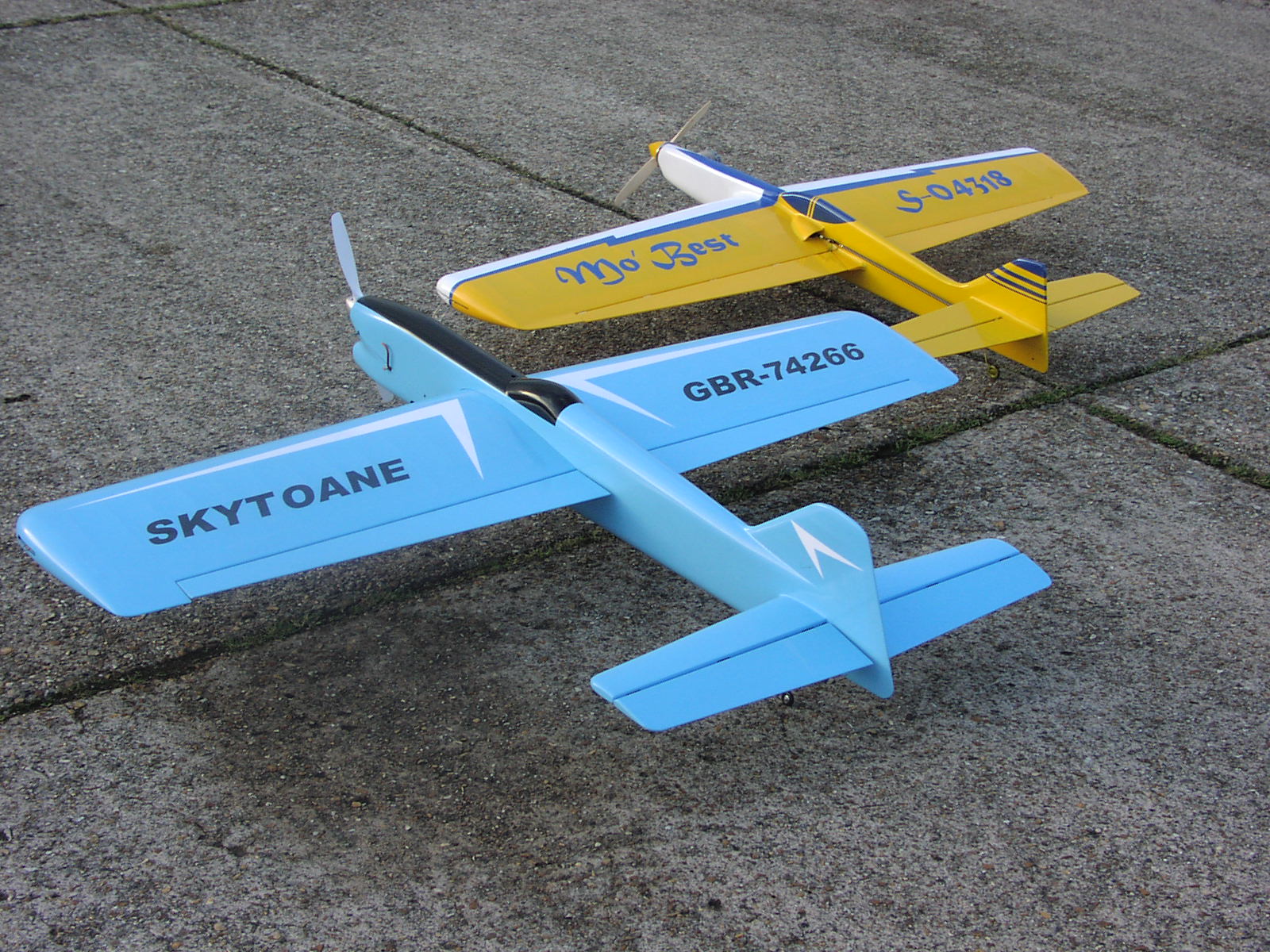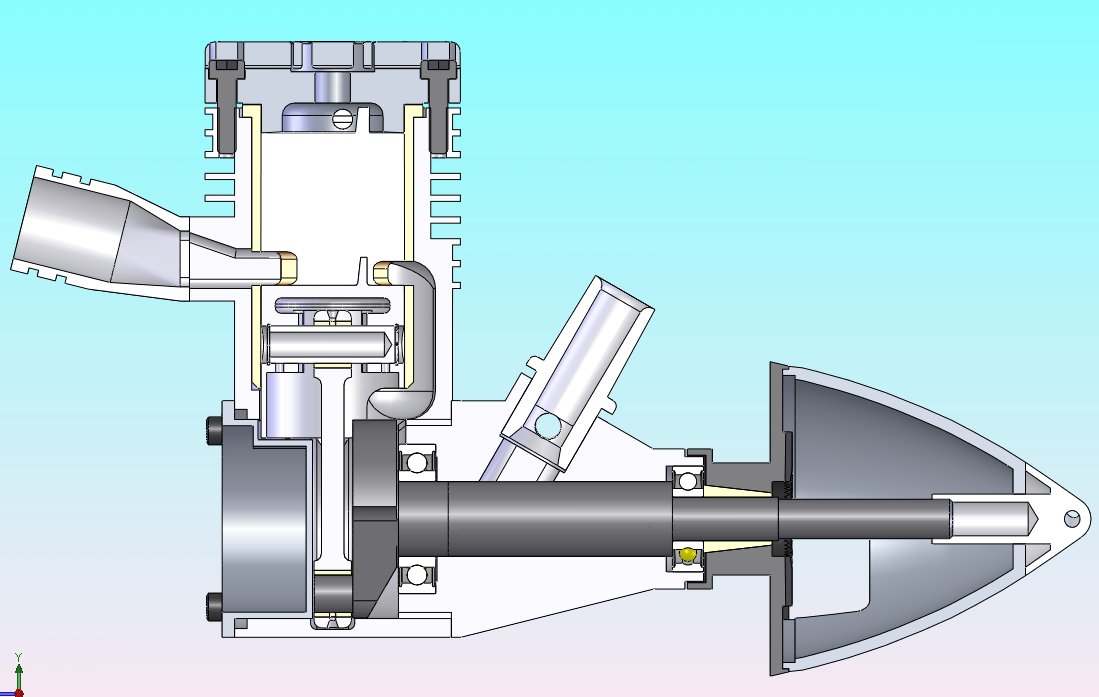
Page 1 (updated 01/09/09)

 |
Page 1 (updated 01/09/09) |
 |
|
|
 |
 |
 |
| Pictures 1 & 2 crank case parts at start of picture taking - some work done |
 |
 |
| Front housing threaded and having the back ballrace and plain section machined | Machining fixture for the front housing. |
 |
 |
| The milling machine - no digital readout need apply - the dividing head is a proper solid tool. | More venturie internal and external machining. |